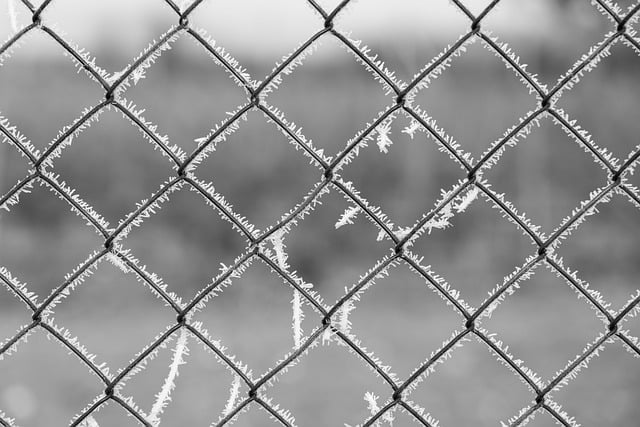Maintaining vast properties presents unique challenges, particularly when it comes to fencing. This article explores cost-effective solutions tailored to the diverse needs of large-scale landscapes. We dissect traditional fencing options, highlighting their drawbacks, and introduce innovative alternatives that blend durability with affordability. Additionally, we provide installation tips designed to maximize longevity and budget savings, ensuring your property remains secure while minimizing expenses.
- Understanding Fencing Needs for Large Properties
- Traditional vs. Cost-Effective Options
- Innovative Solutions and Materials
- Installation Tips for Longevity and Budget Savings
Understanding Fencing Needs for Large Properties
Fencing large properties presents unique challenges due to their expansive size and diverse terrain. Understanding the specific fencing needs is a critical first step. These may include defining property boundaries, providing security, controlling livestock or wildlife movement, enhancing aesthetic appeal, and ensuring privacy. The choice of fence material, design, and construction method should align with these objectives.
For instance, while a robust metal fence might offer superior security and durability for areas requiring high containment, natural materials like wood could be more suitable for aesthetic preferences or budget-conscious regions. Additionally, considering the property’s layout, local regulations, and future maintenance requirements will help in selecting cost-effective fencing solutions that meet both practical and visual expectations.
Traditional vs. Cost-Effective Options
When it comes to fencing large properties, there’s often a perception that traditional options are the only viable choice. However, the landscape has changed significantly with advancements in materials and techniques, offering cost-effective solutions that don’t compromise on quality or durability. While wood has long been a popular choice for its natural aesthetic, it can be expensive to maintain, especially for expansive fences.
Cost-effective alternatives like vinyl, metal, and even composite materials provide durable, low-maintenance options. These modern materials are designed to withstand harsh weather conditions, require little to no painting or staining, and offer a wide range of styles at competitive prices. Moreover, some innovative designs incorporate recycling, making them environmentally friendly choices for large-scale projects.
Innovative Solutions and Materials
In today’s world, innovative fencing solutions are transforming the way we think about large property boundaries. Traditional materials like wood and metal have long been the go-to options, but new advancements offer cost-effective alternatives that don’t compromise on quality or durability. For instance, vinyl fencing has gained immense popularity due to its low maintenance requirements and competitive pricing compared to wooden boards. This durable material resists rot, mold, and pest damage, ensuring your fence stays strong and visually appealing for years.
Moreover, modern technologies have introduced electric fencing systems that provide both security and cost savings. These advanced solutions are not only efficient but also eco-friendly. By utilizing smart technology and automated controls, property owners can now enjoy customized fencing setups that adapt to changing needs, offering a flexible and economical way to secure large areas.
Installation Tips for Longevity and Budget Savings
When installing fencing on a large property, prioritizing longevity and budget savings is essential. One key tip is to choose materials that are durable yet cost-effective, such as vinyl or wood composite fencing over traditional wooden options. These materials require less maintenance, preventing long-term costs associated with regular painting, sealing, and repairs.
Proper installation techniques significantly contribute to the fence’s longevity. Ensure a level base for posts, use high-quality concrete for setting them, and secure fence panels tightly to avoid movement or warping. Regular inspection is crucial; fix any issues promptly, such as loose connections or damaged panels, to maintain structural integrity and prevent costly replacements.
